Introduction to Penguin Drawing
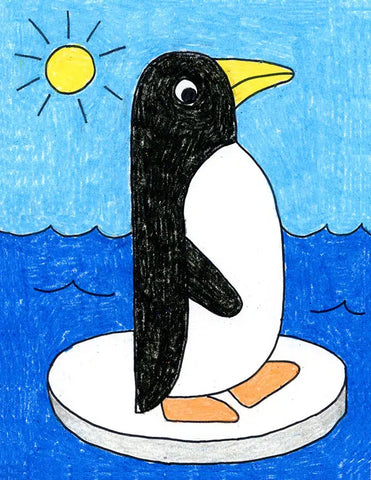
Penguin drawing is not only a fun and creative activity but also a great way to explore your artistic skills. Whether you are a beginner or an experienced artist, painting a picture-perfect penguin can be a rewarding experience. In this article, we will explore the different styles of penguin art, discuss the materials needed for painting a penguin, provide a step-by-step guide to creating your masterpiece, and share tips for adding details and depth to your penguin drawing. So, grab your brushes and let's dive into the world of penguin art!
Benefits of Penguin Drawing
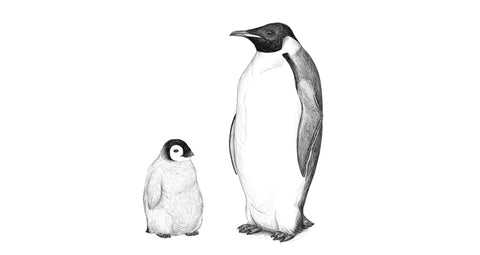
Engaging in penguin drawing offers numerous benefits for artists of all ages. First, it allows you to unleash your creativity and express your unique artistic vision. Penguins are fascinating creatures with their distinctive features, such as their adorable round bodies and waddling walk. By capturing these characteristics through your art, you can develop your observational skills and attention to detail.
Moreover, penguin drawing can be a therapeutic and relaxing activity, providing a sense of calm and mindfulness. The process of focusing on the intricate lines and shapes of a penguin can help you disconnect from the outside world and enter a state of flow.
Lastly, penguin drawing enables you to share your art with others, whether it's through showcasing your work in galleries or by giving your creations as gifts. The joy and happiness that penguin art brings to people's lives is truly rewarding.
Different Styles of Penguin Art

When it comes to penguin art, there are various styles that you can explore to create unique and captivating pieces. One popular style is the "happy penguin" style, which emphasizes the cheerful and playful nature of these charming creatures. This style often includes vibrant colors and exaggerated features, adding a touch of whimsy to your artwork.
Another style that has gained popularity is "penguin footprint art." This unique approach involves using actual penguin footprints to create patterns and textures in your artwork. By incorporating these footprints into your painting, you can add an authentic touch and connect your artwork to the natural world.
If you prefer a more traditional approach, you can opt for a realistic style of penguin art. This style focuses on capturing the true-to-life details of penguins, from their sleek feathers to their expressive eyes. By studying their anatomy and observing reference photos, you can create stunning and lifelike penguin drawings.
Materials Needed for Painting a Picture-Perfect Penguin

Before you embark on your penguin drawing journey, it's important to gather the necessary materials. Here is a list of essential supplies to ensure you have everything you need for painting a picture-perfect penguin:
Canvas or Paper: Choose a canvas or paper suitable for your preferred medium, such as acrylics, watercolors, or pastels. Consider the size and texture that best suit your artistic vision.
Paints: Select high-quality paints in the colors you desire for your penguin artwork. Acrylic paints are versatile and beginner-friendly, while watercolors offer a translucent and delicate effect. Oil paints provide richness and depth but require more drying time.
Brushes: Invest in a set of brushes in various sizes and shapes to accommodate different areas and details of your penguin drawing. Synthetic brushes are ideal for acrylic and watercolor paints, while natural bristle brushes work well with oil paints.
Palette: Use a palette to mix your paints and create custom color shades. A palette with separate wells or compartments will help you organize your colors and prevent them from blending together.
Easel: If you prefer working on an upright surface, consider using an easel to provide stability and improve your posture while painting. Alternatively, you can work on a flat table or desk.
Reference Images: Find high-quality reference images of penguins to guide your drawing. These can be photographs or illustrations that capture the pose and details you wish to portray.

Water and Cleaning Supplies: Keep a container of water nearby for cleaning your brushes between colors. Additionally, have some paper towels or rags on hand to wipe off excess paint and maintain a clean workspace.
With these materials at your disposal, you are ready to dive into the step-by-step guide to painting a penguin.
Step-by-Step Guide to Painting a Penguin
Prepare Your Workspace: Set up your canvas or paper on your desired surface, ensuring it is clean and free from any debris. Arrange your paints, brushes, and palette within reach, making it easy to switch between colors and mix them as needed.
Sketch the Outline: Using a pencil, lightly sketch the basic outline of your penguin on the canvas or paper. Start with simple shapes, such as ovals for the body and circles for the head. Consider the proportions and positioning of the penguin to create a balanced composition.
Block in the Colors: Begin by blocking in the base colors of your penguin. For example, if you are using acrylic paints, apply the main color of the penguin's body using a larger brush. Gradually add the colors for the beak, eyes, and feet, paying attention to the subtle variations in shades.
Add Details: Once the base colors are dry, start adding details to your penguin drawing. Use smaller brushes to paint the feathers, define the eyes, and add texture to the beak and feet. Take your time and observe the reference images closely to capture the unique features of penguins.
Create Depth and Shadows: To give your penguin drawing depth and dimension, add shadows and highlights. Consider the direction of the light source and apply darker shades in areas that would naturally be in shadow. Use lighter shades or white to create highlights and bring certain features forward.
Refine and fine-tune: Step back and assess your artwork. Make any necessary adjustments and refinements to ensure your penguin drawing accurately reflects your vision. Pay attention to the overall balance, proportions, and details to achieve a picture-perfect penguin.
Tips for Adding Details and Depth to Your Penguin Drawing

To enhance the realism and visual impact of your penguin drawing, here are some tips for adding details and depth:
Study Penguin Anatomy: Familiarize yourself with the anatomy of penguins to understand their proportions and characteristics. This knowledge will help you accurately depict their body structure and movements.
Observe Real Penguins: If possible, visit a zoo or watch documentaries to observe real penguins. Notice how they interact, their posture, and the texture of their feathers. These observations can inspire and inform your artwork.
Experiment with Textures: Utilize different brush techniques and strokes to create texture in your penguin drawing. For example, use short, quick brushstrokes to mimic the appearance of feathers or a dry brush technique to add a textured effect to the background.
Play with Backgrounds: Consider adding a background to your penguin drawing to provide context and visual interest. Experiment with various techniques, such as blending colors, creating a gradient, or adding abstract patterns, to complement your penguin artwork.
Use Light and Shadows: Shadows play a crucial role in creating depth and realism. Observe how light interacts with objects, and use shading techniques to define the three-dimensionality of your penguin. Play with different intensities of light and shadows to achieve a dynamic and lifelike effect.
By incorporating these tips into your penguin drawing, you can elevate your artwork and create captivating pieces that truly capture the essence of these charming creatures.
Creative Ideas for Penguin Art Projects
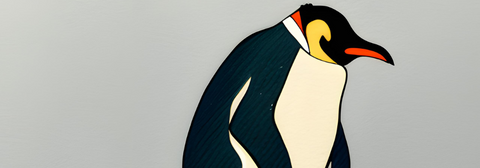
Penguin art projects offer endless opportunities for creativity and self-expression. Here are some creative ideas to inspire your next penguin-themed project:
Paper Penguin Collage: Cut out various shapes from colored paper to create a collage of a penguin. Experiment with different sizes and arrangements to craft a unique and textured artwork.
Penguin Printmaking: Explore the world of printmaking by creating penguin-themed prints. Use linoleum or foam blocks to carve out a penguin design, apply ink or paint, and transfer the image onto paper or fabric.
Penguin Mixed Media: Combine different art mediums, such as acrylics, watercolors, and colored pencils, to create a mixed media artwork featuring penguins. Experiment with layering and blending techniques to add depth and visual interest.

Penguin Sculptures: Sculpt penguins using clay or playdough. Focus on capturing their distinct shape and features. You can also paint the sculptures to add color and detail.
Penguin Mosaic: Create a penguin mosaic by arranging small colored tiles or pieces of paper to form a penguin image. Play with different colors and textures to add depth and dimension to your mosaic.
These ideas are just the tip of the iceberg when it comes to penguin art projects. Let your imagination soar and explore new techniques and mediums to bring your penguin-themed creations to life.
Penguin Art for Kids: Fun and Educational Activities

Penguin art is not limited to adults; it can also be a fantastic way to engage children in creative and educational activities. Here are some ideas for penguin art projects that kids will love:
Footprint Penguins: Use non-toxic paint to create penguin footprints on paper. Let the children dip their feet in paint and then press them onto the paper to form the body of a penguin. Encourage them to add eyes, beaks, and feet using markers or paintbrushes.
Paper Plate Penguins: Provide children with paper plates, paint, and construction paper. Instruct them to paint the plates black and cut out white belly shapes from the construction paper. They can then add eyes, beaks, and feet to create adorable paper plate penguins.

Penguin Ice Painting: Fill an ice cube tray with water and add a few drops of black or blue food coloring. Once frozen, give children these colored ice cubes and let them paint on paper using the melting ice cubes as their paintbrushes. They can create abstract, penguin-inspired artwork while exploring the effects of melting ice.

Penguin Puppets: Help children make penguin puppets using paper bags or socks. Provide them with various materials, such as colored paper, feathers, and googly eyes, to decorate their puppets. Encourage them to create stories and engage in imaginative play with their penguin puppets.
These activities not only foster children's creativity but also promote fine motor skills, hand-eye coordination, and cognitive development. Penguin art projects provide a fun and interactive way for children to learn about these fascinating creatures while expressing themselves through art.
Showcasing Penguin Illustrations and Prints
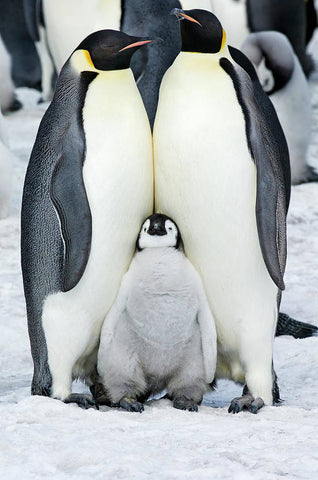
If you are an artist passionate about penguin art, showcasing your illustrations and prints can be an exciting way to share your talent with the world. Consider the following avenues to exhibit your penguin-themed artwork:
Art Galleries: Approach local art galleries and inquire about the possibility of displaying your penguin illustrations and prints. Look for galleries that specialize in wildlife or nature-themed artwork, as they may be particularly interested in featuring penguin art.
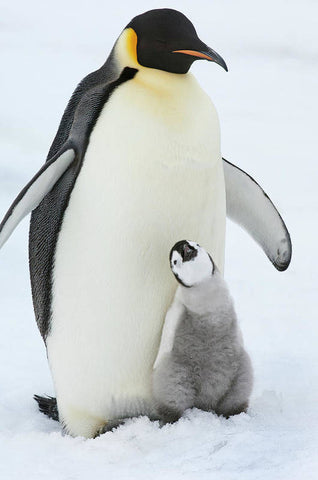
Art Fairs and Exhibitions: Participate in art fairs and exhibitions that focus on wildlife or nature art. These events provide opportunities to connect with fellow artists, collectors, and potential buyers who share a passion for penguin art.

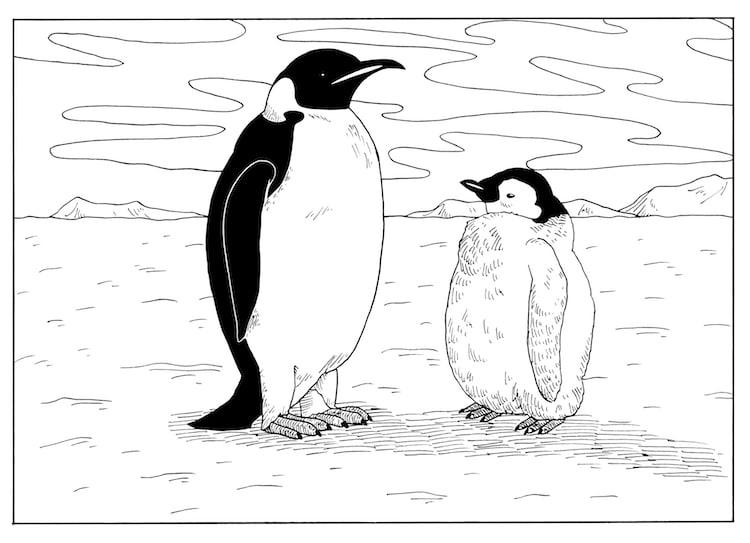
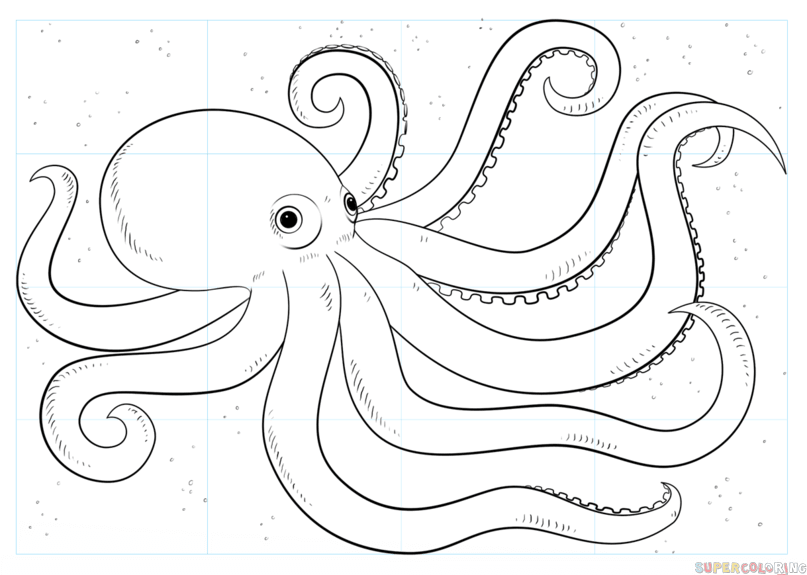
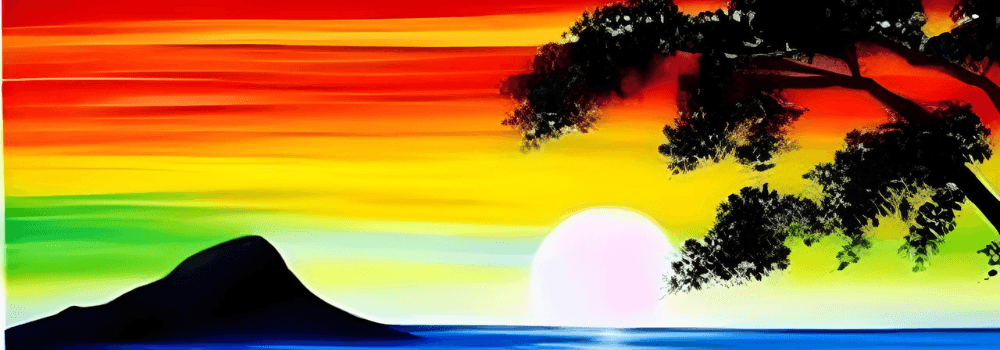



Leave a comment
All comments are moderated before being published.
This site is protected by hCaptcha and the hCaptcha Privacy Policy and Terms of Service apply.